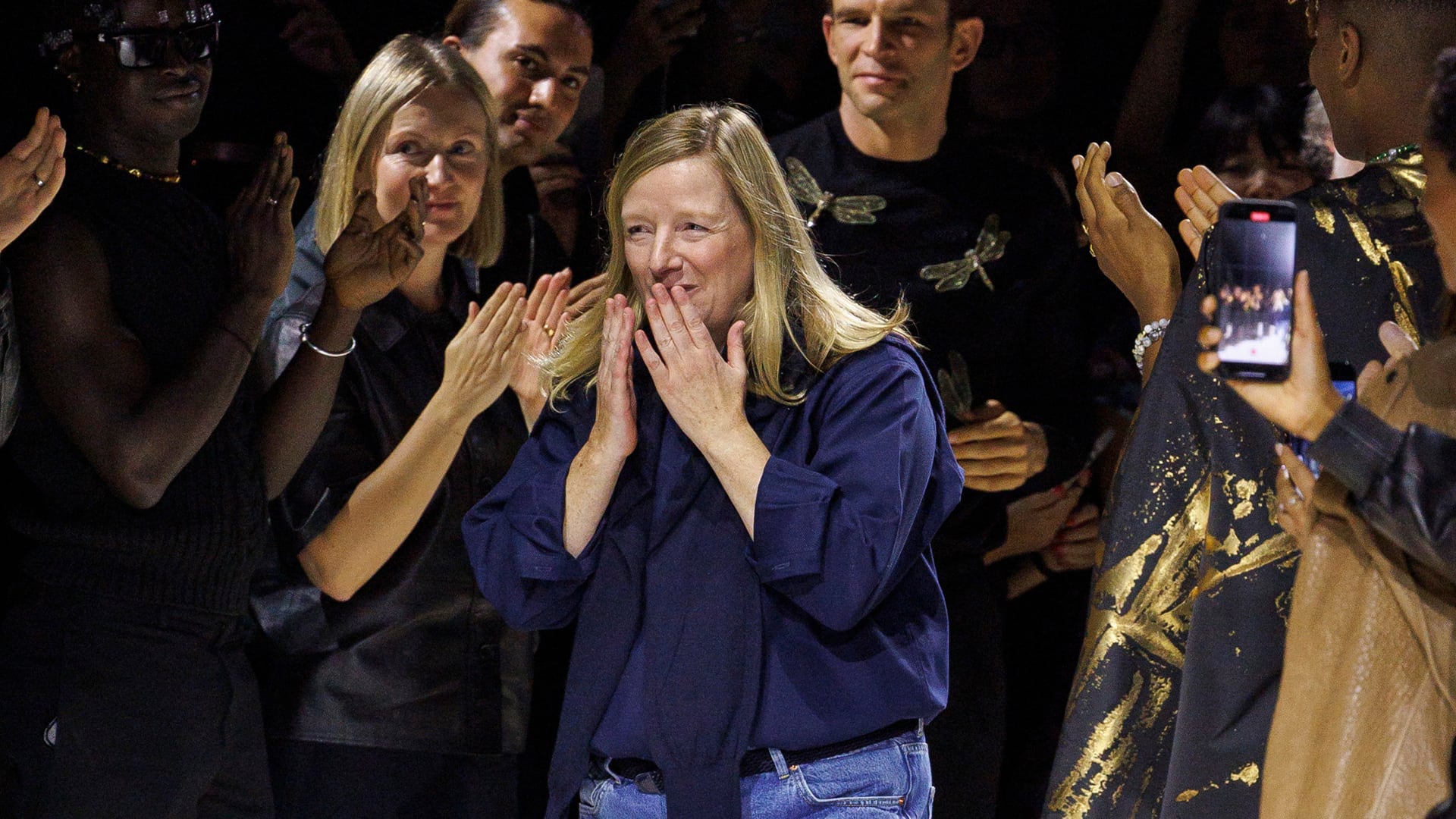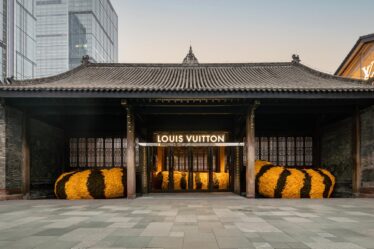
The author has shared a Podcast.You will need to accept and consent to the use of cookies and similar technologies by our third-party partners (including: YouTube, Instagram or Twitter), in order to view embedded content in this article and others you may visit in future.
Subscribe to the BoF Podcast here.
Background
Luxury fashion remains an exclusive club, where leadership positions are often filled from within tight, familiar circles. Despite industry-wide commitments to diversity and inclusion, the sector continues to struggle with gender and racial diversity in its top creative roles. Many luxury companies still operate within networks that favour traditional backgrounds, making it difficult for new, diverse talent to break through.
“It’s a role where I think people’s unconscious biases really can come into play because whether or not they receive something as good design or bad design is going to be so much influenced by the person who told them that it’s good design or bad design,” said BoF’s luxury editor Robert Williams.
This week on The Debrief, BoF senior correspondent Sheena Butler-Young sat down with Williams to discuss the structural barriers that keep women and minorities from ascending to these coveted positions. They explore how the industry’s patriarchal business models perpetuate these challenges, the influence of consumer expectations in driving change, and how mass brands like Uniqlo are beginning to shift the narrative by appointing creative directors from unconventional backgrounds.
Key Insights
- The role of the creative director in luxury fashion has traditionally been defined by a singular, authoritative voice that dictates trends and tastes, often imposing what is considered “right” or “wrong” in design. Williams explains that this model, which elevates the creative director as a gatekeeper of style, makes it challenging for those who don’t fit the traditional mould of authority in fashion to rise to the top.”The creative director defined in a very traditional sense … is so much about imposing this authority from the top. And while that’s not how everyone operates a brand anymore, … when you have that tradition, that makes it harder for people who don’t fit the bill of what someone is used to seeing as a person of authority and in power to rise up.”
- Women in creative leadership face unique challenges, needing to prove their creative vision with commercial success. Williams explains, “Women have had to maybe back up their creative contributions with commercial results. And I think when you look at the women at the top of the luxury industry, you have a group of women who really know how to say something on the runway and say something with the brand. But then also really to back that up with products that women will want to buy and wear.” This dual expectation places added pressure on women creative directors, which may not be applied to their male counterparts.
- Luxury fashion remains a highly insular industry, where hiring and promotion often occur within exclusive networks that favour familiar faces and traditional backgrounds. “Many luxury companies still operate within a very exclusive network, which makes it difficult for new, diverse talent to break in,” Williams notes. “It’s a very contacts and relationship driven industry, and so reinforcing diversity is quite tricky. If the people in positions of power don’t have a really diverse group around them, it’s going to be less and less likely that they’re going to find out about an interesting talent, someone that they want to kind of cut into the action in terms of their studio.”
Additional Resources
- Luxury Fashion’s Designer Diversity Problem Persists: Despite major hires like Chanel’s Virginie Viard and Louis Vuitton’s Pharrell Williams, gender parity and racial diversity in top creative roles remain urgent problems.
- Do Mass Brands Need Creative Directors? This week, Uniqlo appointed Clare Waight Keller the creative director of its main line, while Stefano Pilati signed on for a collection with Inditex flagship Zara and Zac Posen staged a New York Fashion Week bash with Old Navy. The jury is still out on whether hiring designers from high-fashion will drive retail results.



